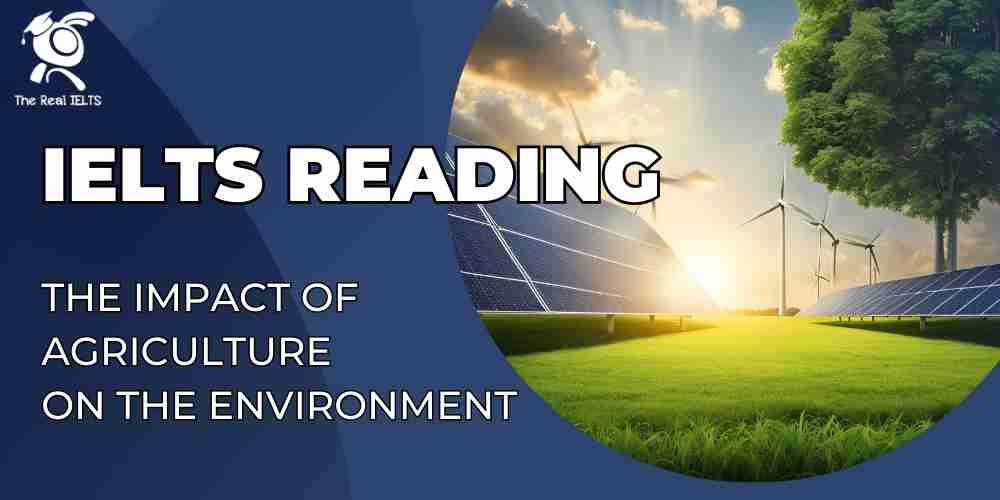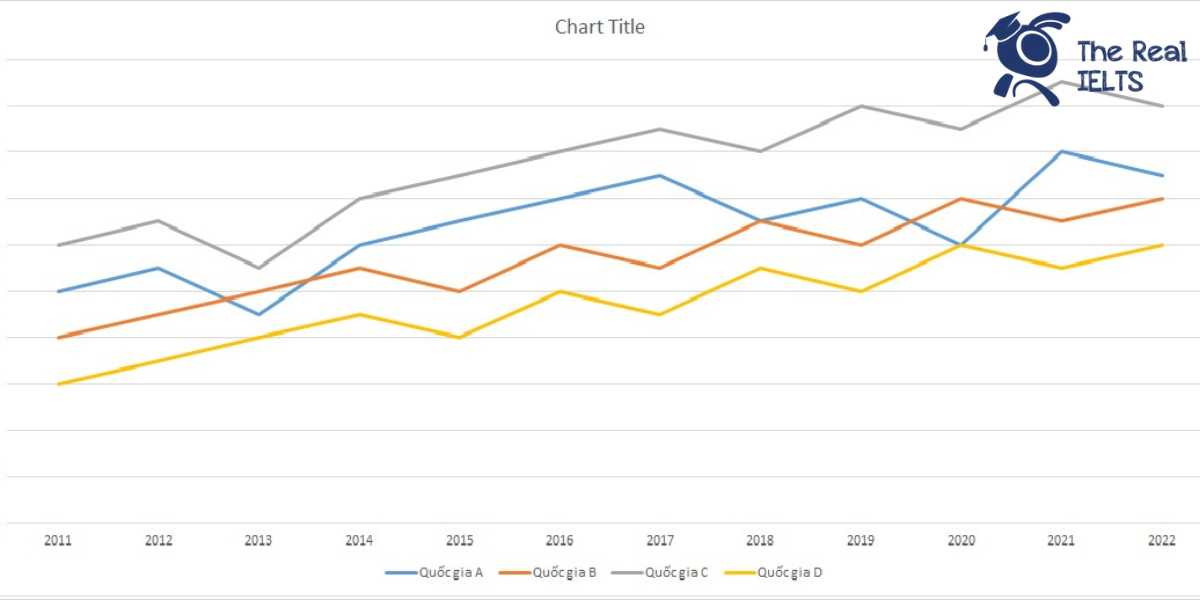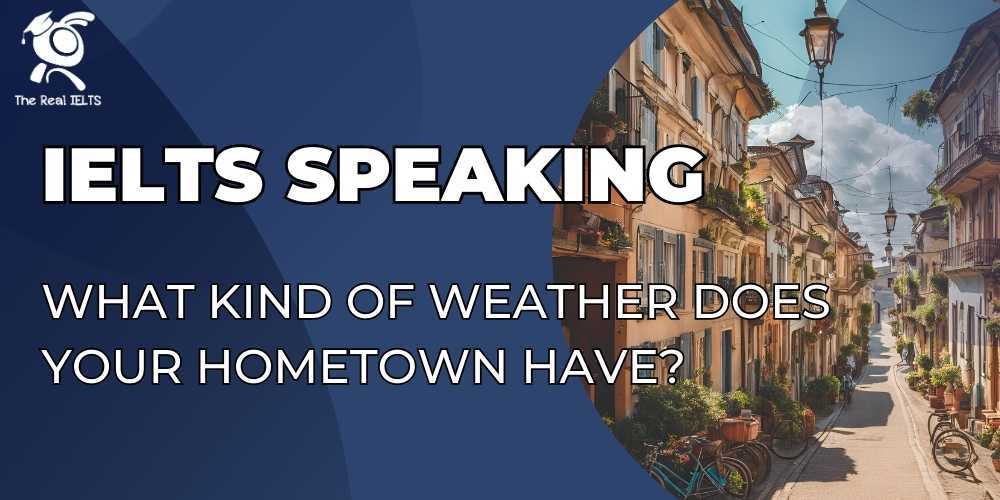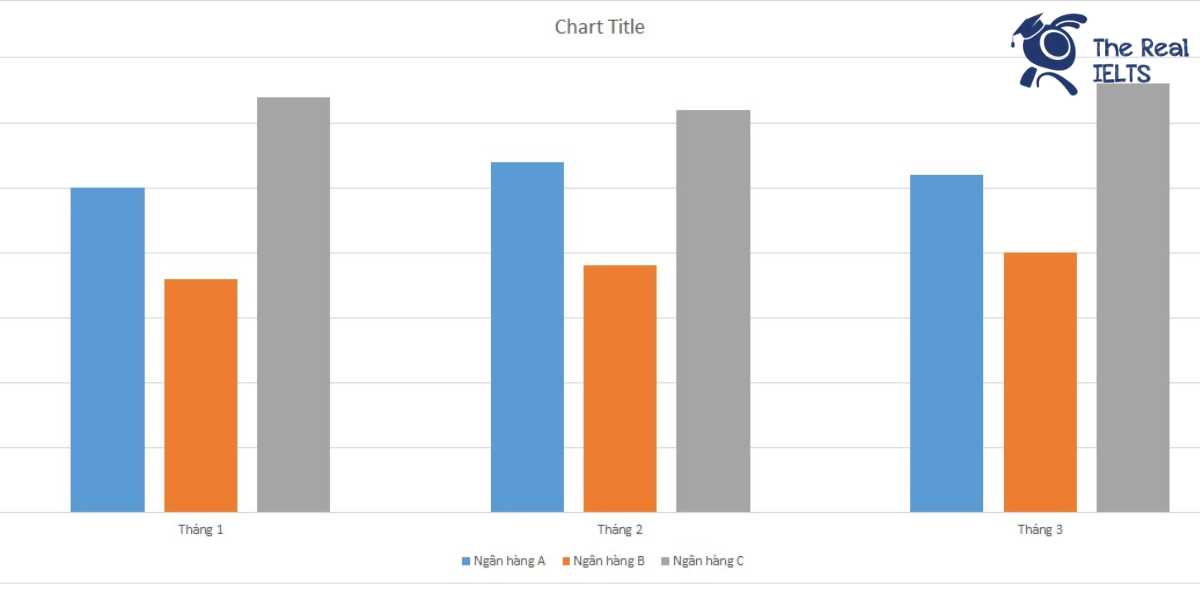Đề bài IELTS Writing task 2 dạng dạng Advantages and Disadvatages: Public Transportation
You should spend about 40 minutes on this task
The expansion of public transportation networks. Do the advantages of this outweigh the disadvantages?
Write at least 250 words.
Bài mẫu IELTS Writing Task 2 dạng Advantages and Disadvatages: Public Transportation
Introduction
The expansion of public transportation networks has become a pressing issue in urban planning. While some argue that such developments bring numerous benefits, others point out potential downsides. This essay will explore both the advantages and disadvantages of expanding public transportation, ultimately concluding that the advantages far outweigh the drawbacks.
Body Paragraph 1 (Advantages)
One significant advantage of expanding public transportation networks is the reduction of traffic congestion. In many large cities, traffic jams are a daily issue, causing delays and increasing frustration for commuters. Public transportation, particularly when efficient and widespread, can alleviate this problem by offering an alternative to private car use. For example, cities like Tokyo and Singapore have extensive metro systems, which have significantly decreased the number of cars on the roads, leading to smoother traffic flow and faster travel times.
Another benefit is the positive environmental impact. With the world increasingly focusing on sustainability, reducing carbon emissions is a top priority. Public transport systems, such as buses and trains, produce far fewer emissions per passenger compared to private cars. According to research, one full bus can replace up to 40 individual cars, dramatically reducing fuel consumption and air pollution. This makes public transportation an eco-friendly solution to urban mobility.
Body Paragraph 2 (Disadvantages)
On the other hand, one notable disadvantage is the high cost of expanding public transportation networks. Developing new infrastructure, such as subway lines or bus rapid transit systems, requires significant financial investment from governments. This often leads to higher taxes or public debt. For instance, New York City’s Second Avenue Subway expansion project took decades to complete and cost billions of dollars, putting a strain on the city’s budget.
Another disadvantage is the potential for overcrowding in public transport systems. In cities where expansion does not meet demand, public transport can become overcrowded, leading to discomfort for passengers. For example, during peak hours in London or Mumbai, buses and trains are often packed, making commuting a stressful experience. This overcrowding reduces the quality of service and may discourage people from using public transportation altogether.
Conclusion
In conclusion, while the expansion of public transportation networks has some disadvantages, such as high costs and overcrowding, the benefits—such as reducing traffic congestion and lowering environmental impact—are far more significant. Therefore, the advantages of expanding public transportation clearly outweigh the disadvantages.
Thống kê cấu trúc câu và cấu trúc ngữ pháp
1. Introduction
- Sentence count: 2
- Grammatical structures:
- Complex sentence: “While some argue that such developments bring numerous benefits, others point out potential downsides.”
- Use of a subordinating conjunction (“while”) to show contrast between ideas.
- Compound-complex sentence: “This essay will explore both the advantages and disadvantages of expanding public transportation, ultimately concluding that the advantages far outweigh the drawbacks.”
- Use of two independent clauses with coordination and one dependent clause.
- Complex sentence: “While some argue that such developments bring numerous benefits, others point out potential downsides.”
2. Body Paragraph 1 (Advantages)
- Sentence count: 7
- Grammatical structures:
- Simple sentence: “One significant advantage of expanding public transportation networks is the reduction of traffic congestion.”
- Complex sentence: “In many large cities, traffic jams are a daily issue, causing delays and increasing frustration for commuters.”
- Use of an adjective clause (“causing delays and increasing frustration”) to add detail.
- Compound sentence: “Public transportation, particularly when efficient and widespread, can alleviate this problem by offering an alternative to private car use.”
- Use of two independent clauses joined by conjunction (“can alleviate this problem” + “offering an alternative”).
- Complex sentence with an example: “For example, cities like Tokyo and Singapore have extensive metro systems, which have significantly decreased the number of cars on the roads, leading to smoother traffic flow and faster travel times.”
- Use of relative clause (“which have significantly decreased…”) and participial phrase (“leading to…”).
- Simple sentence: “Another benefit is the positive environmental impact.”
- Complex sentence: “Public transport systems, such as buses and trains, produce far fewer emissions per passenger compared to private cars.”
- Use of a comparative structure (“far fewer emissions”).
- Compound-complex sentence with a statistic: “According to research, one full bus can replace up to 40 individual cars, dramatically reducing fuel consumption and air pollution.”
- Use of an adverbial clause (“dramatically reducing fuel consumption”).
3. Body Paragraph 2 (Disadvantages)
- Sentence count: 6
- Grammatical structures:
- Complex sentence: “On the other hand, one notable disadvantage is the high cost of expanding public transportation networks.”
- Complex sentence: “Developing new infrastructure, such as subway lines or bus rapid transit systems, requires significant financial investment from governments.”
- Use of non-restrictive apposition (“such as subway lines”).
- Complex sentence: “This often leads to higher taxes or public debt.”
- Complex sentence with an example: “For instance, New York City’s Second Avenue Subway expansion project took decades to complete and cost billions of dollars, putting a strain on the city’s budget.”
- Use of non-restrictive clause (“putting a strain”).
- Complex sentence: “In cities where expansion does not meet demand, public transport can become overcrowded, leading to discomfort for passengers.”
- Use of a conditional clause (“where expansion does not meet demand”).
- Compound sentence with example: “For example, during peak hours in London or Mumbai, buses and trains are often packed, making commuting a stressful experience.”
- Use of participial phrase (“making commuting a stressful experience”).
4. Conclusion
- Sentence count: 2
- Grammatical structures:
- Complex sentence: “In conclusion, while the expansion of public transportation networks has some disadvantages, such as high costs and overcrowding, the benefits—such as reducing traffic congestion and lowering environmental impact—are far more significant.”
- Use of a relative clause (“such as high costs and overcrowding”) and parenthetical structure for listing examples.
- Simple sentence: “Therefore, the advantages of expanding public transportation clearly outweigh the disadvantages.”
- Complex sentence: “In conclusion, while the expansion of public transportation networks has some disadvantages, such as high costs and overcrowding, the benefits—such as reducing traffic congestion and lowering environmental impact—are far more significant.”
Summary of Structures:
- Complex sentences: The essay uses a high number of complex sentences (with dependent clauses), which is typical for IELTS Task 2 essays, demonstrating an ability to develop ideas in detail.
- Compound sentences: There are a few compound sentences, combining two or more independent ideas with coordination.
- Simple sentences: These are used sparingly to emphasize key points or transition between ideas.
- Relative clauses: Used frequently to provide additional information and examples.
- Participial phrases: Used to describe effects or consequences in a succinct way.
Các từ vựng tiếng Anh cần lưu ý trong bài viết
1. Public Transportation Vocabulary
- Public transportation networks: Refers to systems of buses, trains, and other transport services available for public use.
- Metro systems: Urban, underground railway systems.
- Bus rapid transit systems: A type of bus service that operates on dedicated lanes for faster travel.
- Infrastructure: The physical structures (e.g., roads, bridges, train tracks) needed for transportation.
- Overcrowding: A situation in which there are too many passengers, leading to discomfort.
2. Advantages Vocabulary
- Traffic congestion: The heavy build-up of vehicles on roads, causing delays.
- Alleviate: To reduce or make less severe (e.g., alleviate traffic congestion).
- Smoother traffic flow: Describes more efficient movement of vehicles without interruptions.
- Environmental impact: The effect that a system has on the natural environment (positive or negative).
- Carbon emissions: The release of greenhouse gases, particularly carbon dioxide, from vehicles.
- Eco-friendly: Not harmful to the environment; environmentally sustainable.
- Fuel consumption: The amount of fuel used by vehicles.
3. Disadvantages Vocabulary
- High cost: Refers to the significant financial expenses involved in expanding infrastructure.
- Financial investment: Money spent by governments or organizations to build infrastructure.
- Public debt: The amount of money owed by the government to cover costs.
- Strain on the budget: Puts pressure on the government’s financial resources.
- Overcrowding: Too many people using public transportation at once, leading to discomfort.
- Peak hours: The busiest times of the day when people travel, typically morning and evening commutes.
4. General Vocabulary
- Significant advantage: A major benefit or positive aspect.
- Notable disadvantage: An important or prominent downside.
- Sustainability: Practices that do not harm the environment and can be maintained over time.
- Reduction: The action of decreasing or lessening something.
- Alternative: Another option or choice.
- Dramatically: In a noticeable or significant way (used to describe big changes).
- Priority: Something that is regarded as more important than other things.
Expressions and Collocations
- Reduction of traffic congestion: The act of decreasing heavy traffic.
- Offer an alternative: To provide another option or solution.
- Lead to: To cause something to happen (e.g., “This leads to higher taxes”).
- Put a strain on: To create pressure or stress (e.g., “Put a strain on the budget”).
- Meet demand: To satisfy the needs or requirements (e.g., “Expansion does not meet demand”).
Đọc thêm về bài viết gợi ý luyện thi IELTS.















